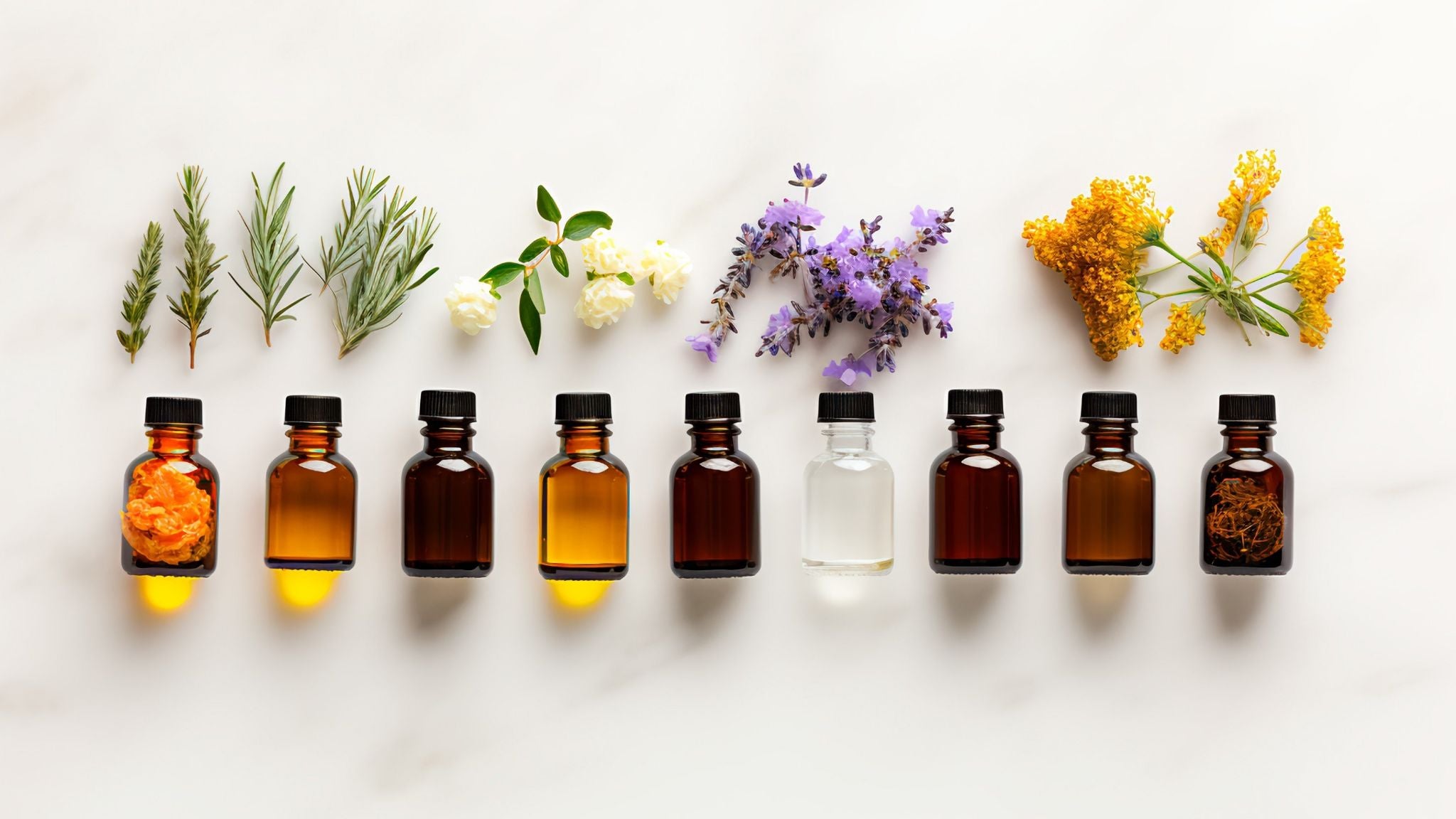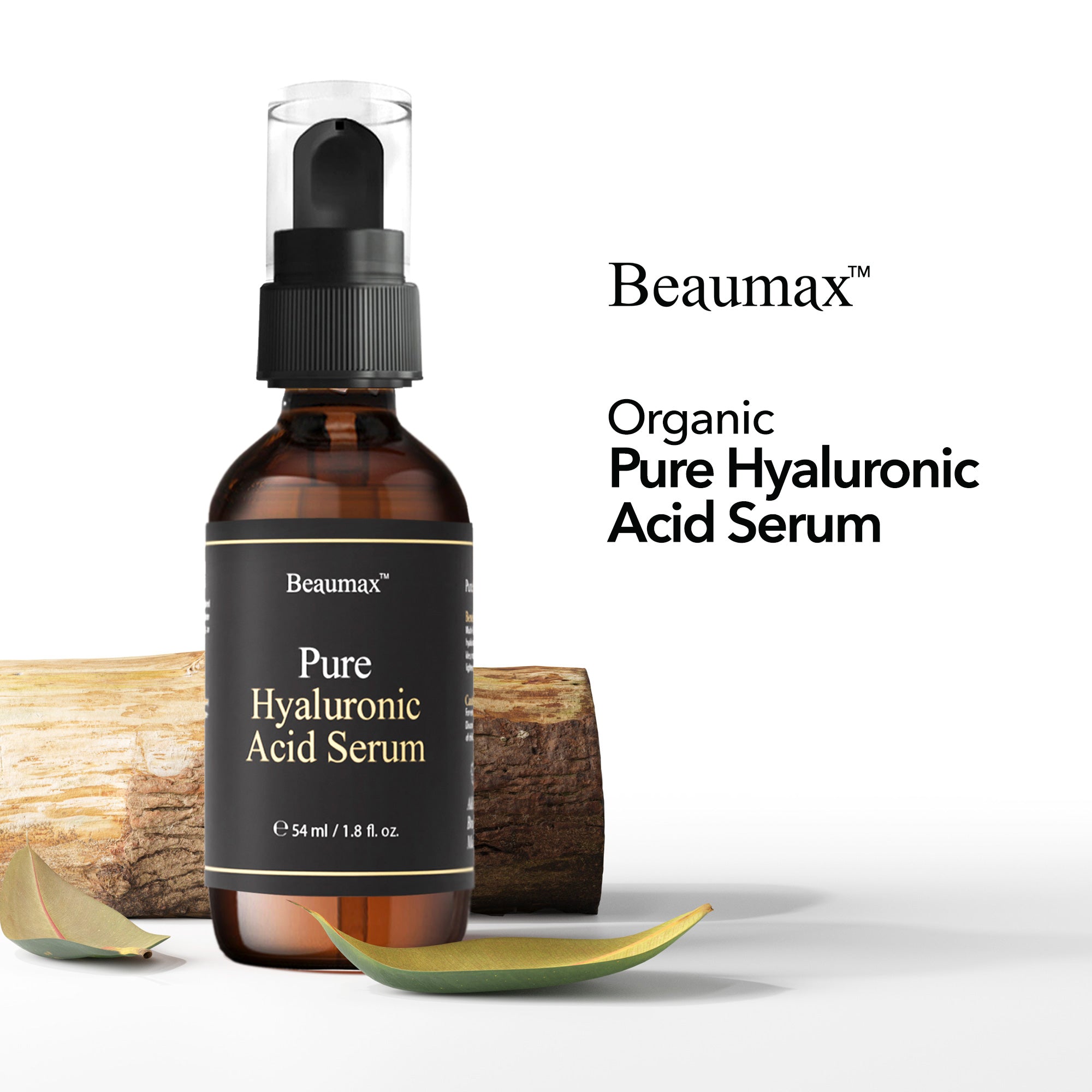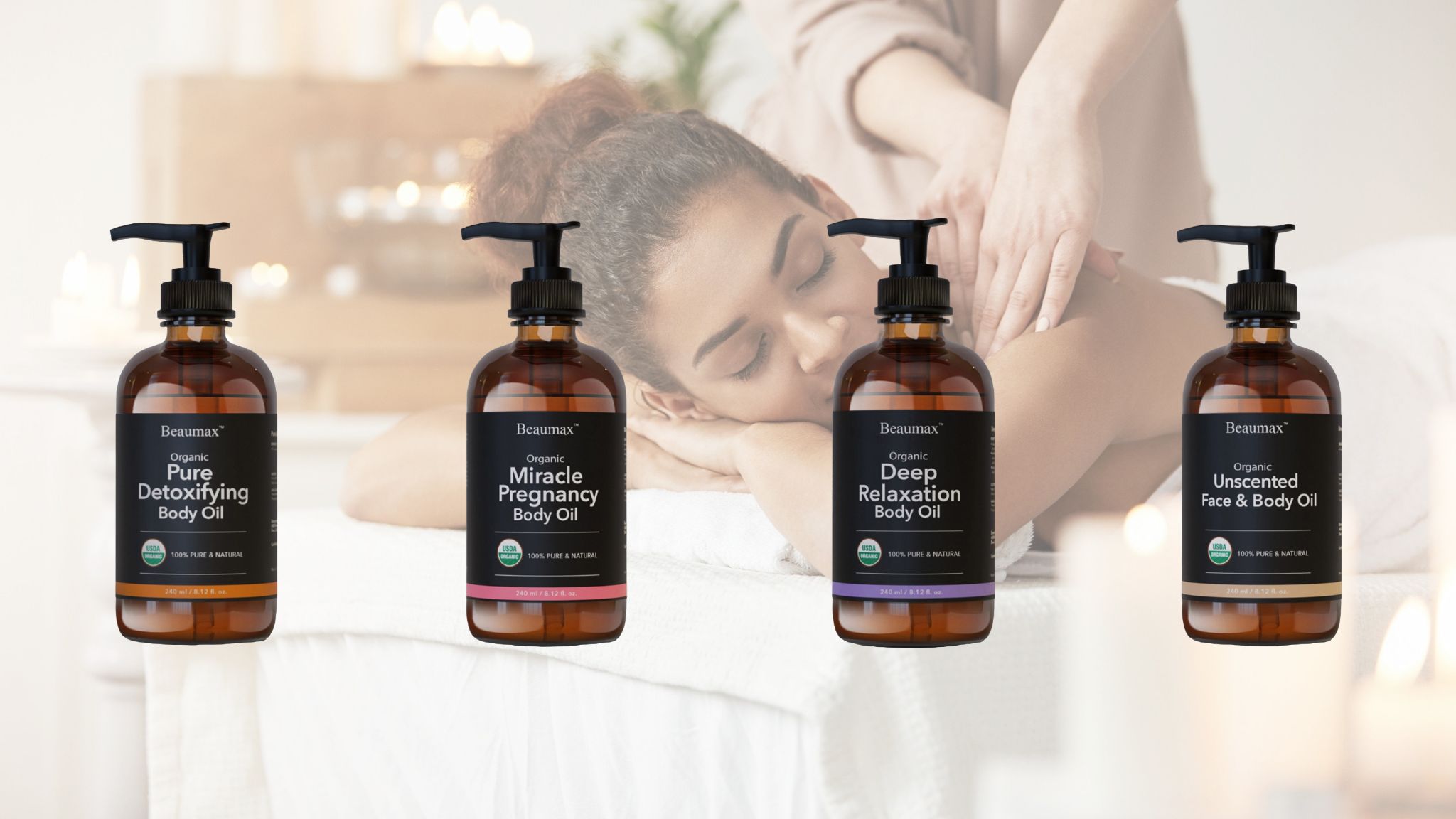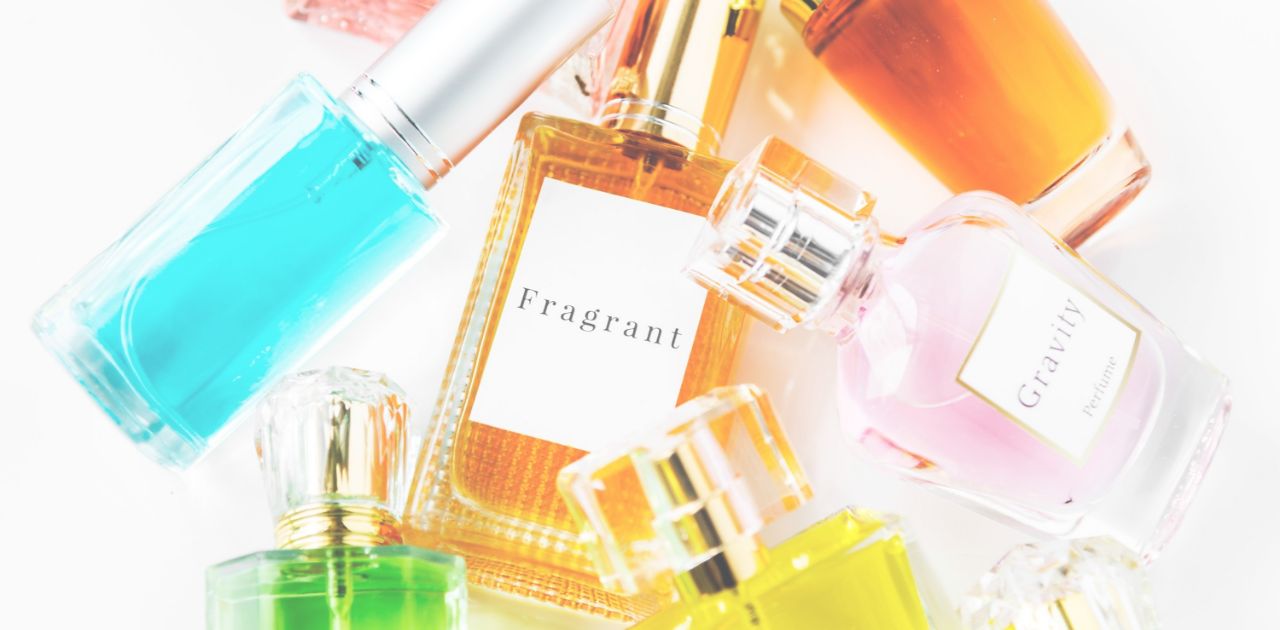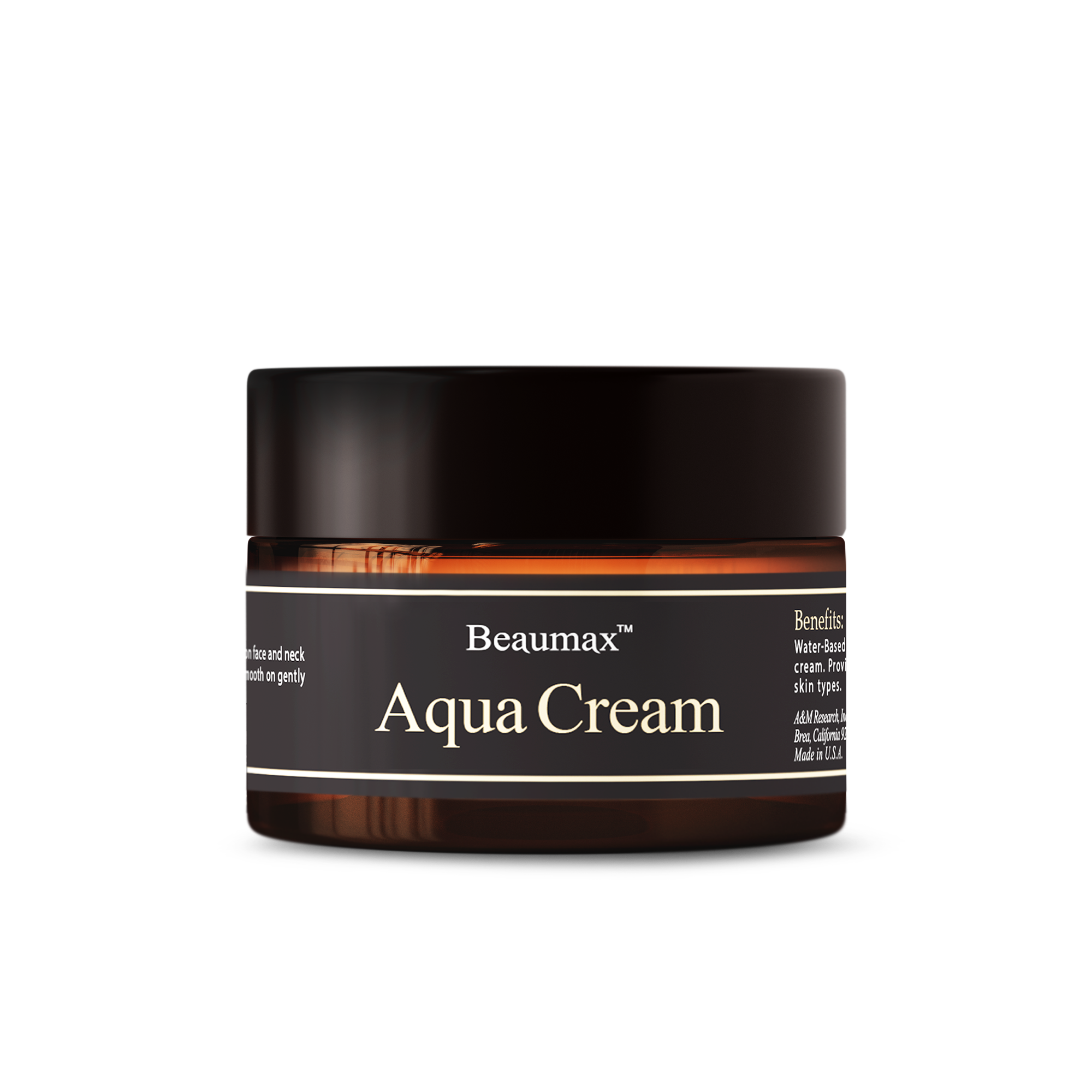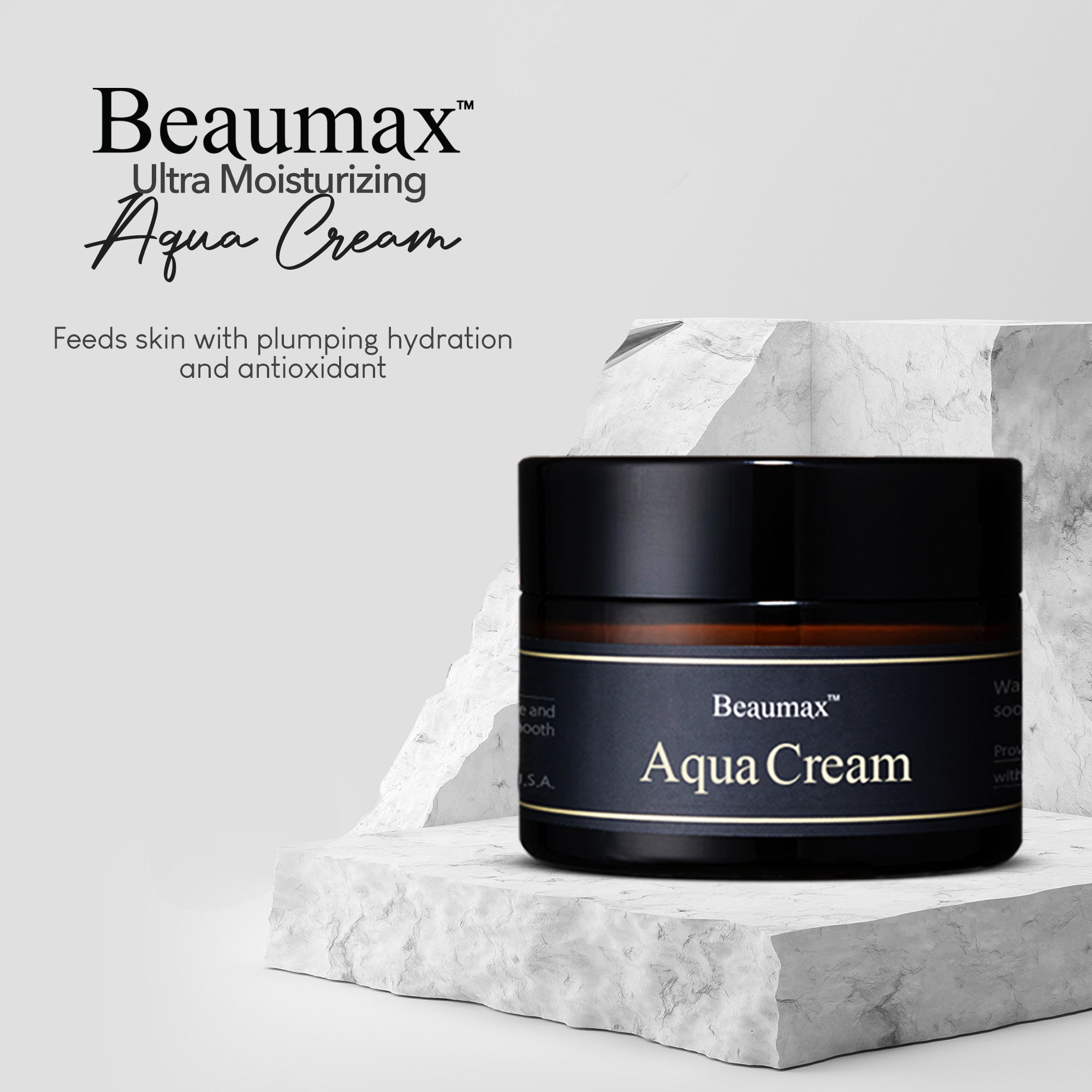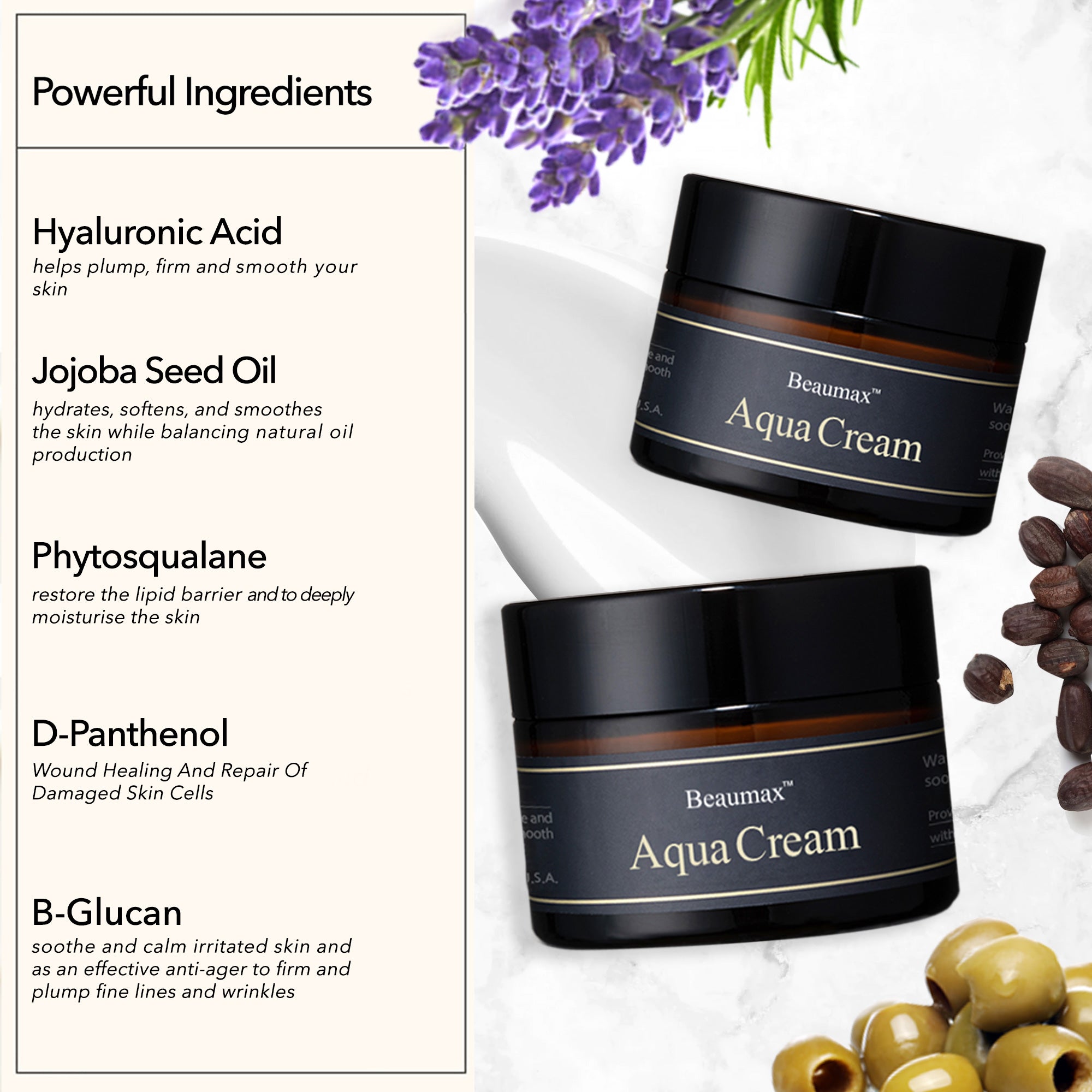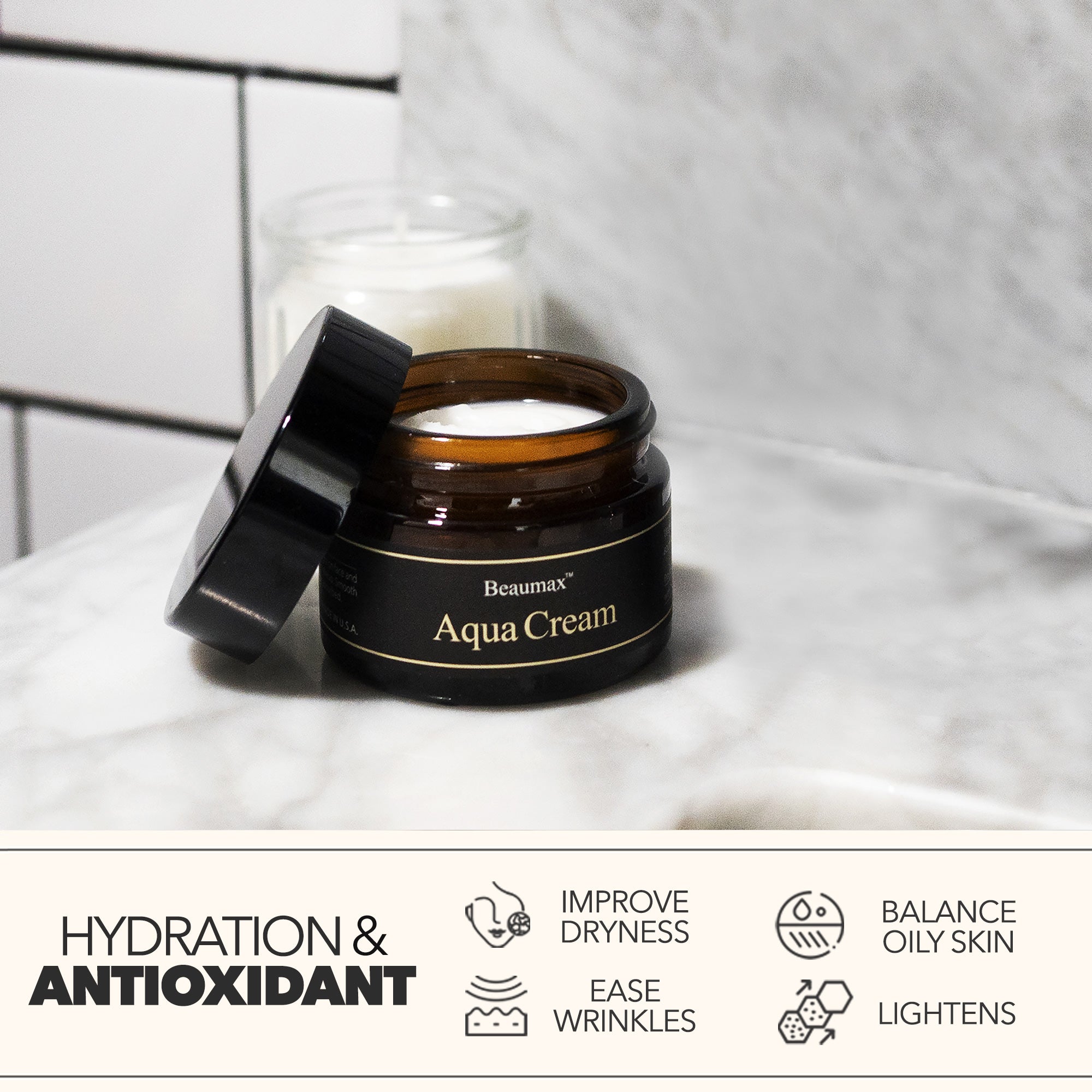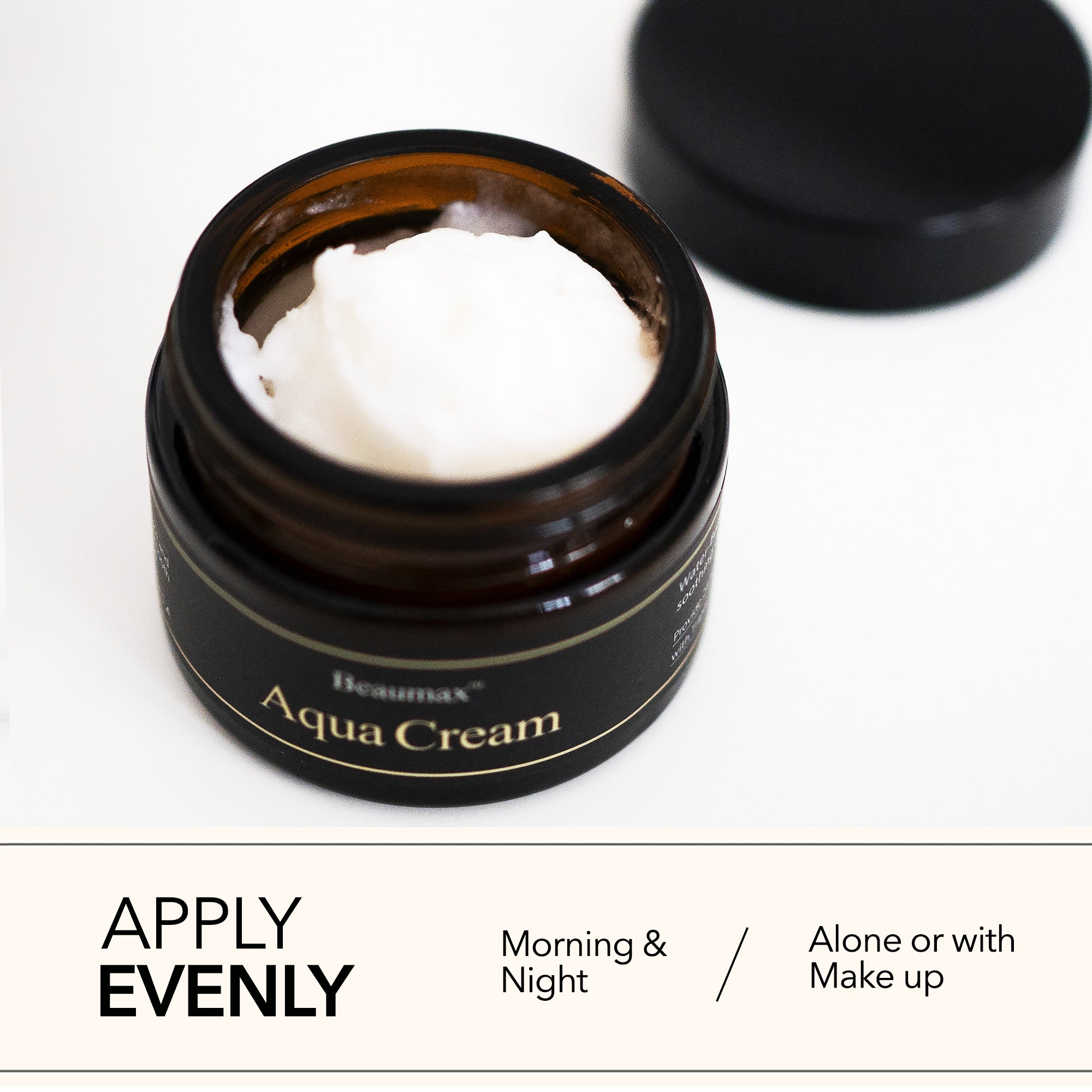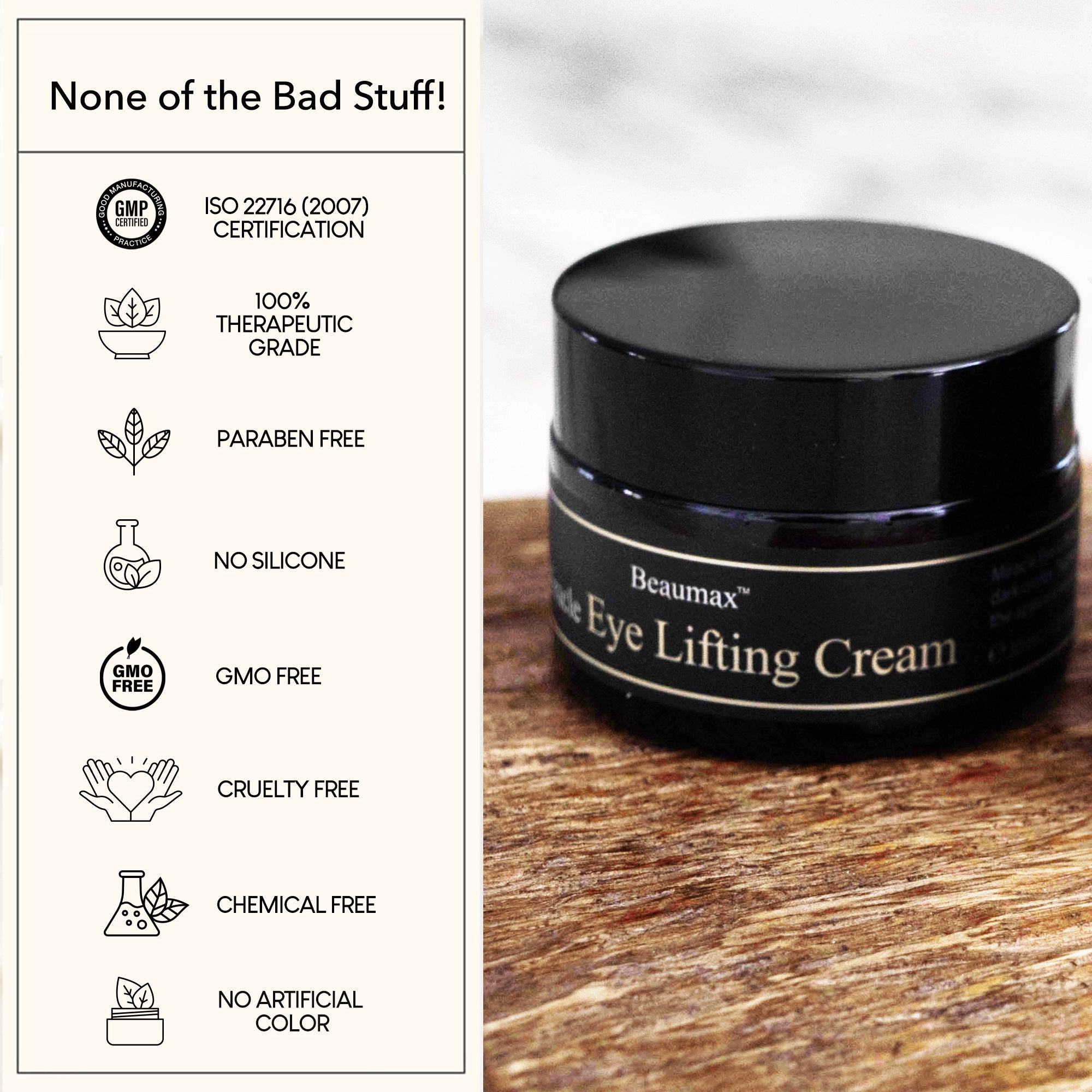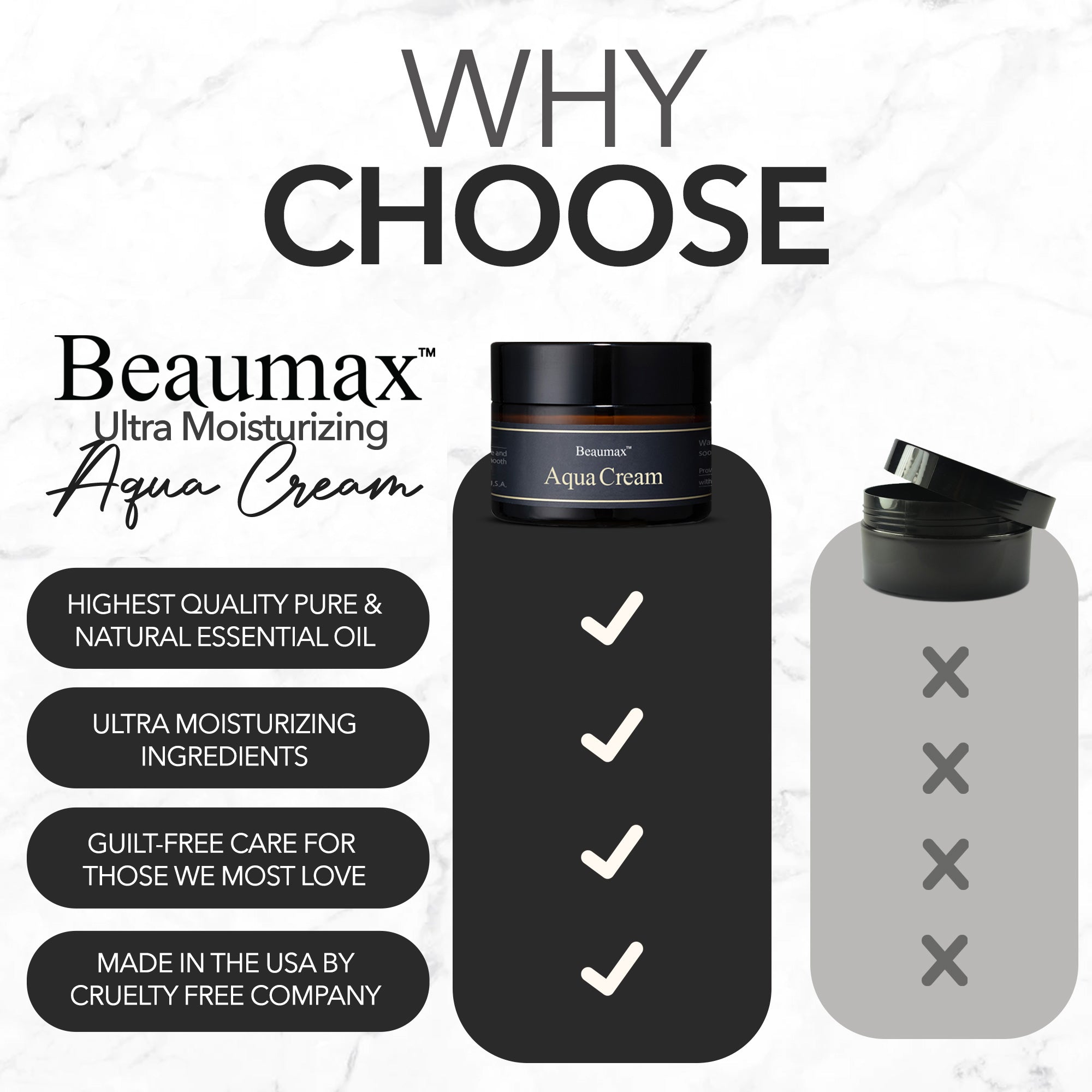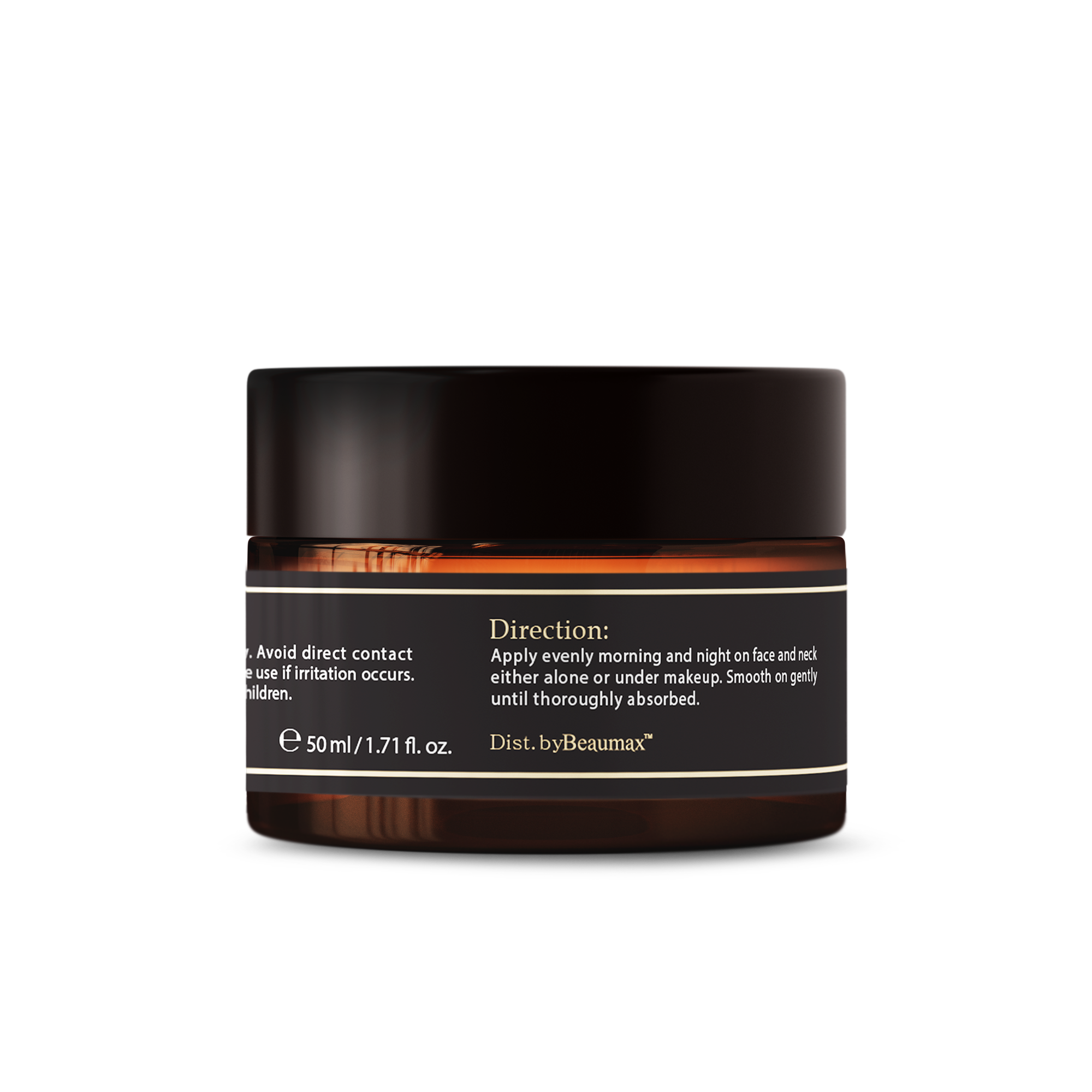Unveiling the Hidden Dangers in Cosmetics - 4. Silicones and PEGs
Continuing our exploration of harmful cosmetic ingredients, this article focuses on silicones and polyethylene glycols (PEGs). Learn about their risks and how Beaumax provides safer alternatives.
- Silicones: The Smooth Illusion
What Are Silicones?
Silicones are synthetic polymers used to create a smooth, silky feel in cosmetics. They’re found in primers, foundations, conditioners, and moisturizers.
Why Are Silicones Harmful?
While silicones give products a luxurious texture, they can:
- Clog Pores: Form an occlusive layer, leading to breakouts.
- Disrupt Skin Barrier: Prevent moisture and nutrients from penetrating the skin.
- Environmental Harm: Non-biodegradable and harmful to aquatic life.
How to Identify Silicones
Look for ingredients ending in -cone, -conol, -siloxane, or -silane (e.g., dimethicone, cyclopentasiloxane).
Safe Alternatives to Silicones
- Natural Emollients: Plant oils like jojoba, argan, or shea butter.
- Hyaluronic Acid: Provides smoothness and hydration.
- Beaumax’s Commitment: Beaumax avoids silicones, ensuring breathable, non-comedogenic formulas.
Extended Information
Silicones can cause "build-up" on hair, making it look dull over time. In skincare, continuous use may lead to dependency, where the skin feels dry without silicone-based products. Opting for natural alternatives supports healthier, more balanced skin and hair.
Additionally, silicones can trap bacteria and dead skin cells underneath their barrier, worsening acne-prone skin conditions. The non-biodegradable nature of silicones means they accumulate in the environment, particularly in water systems, posing threats to marine life. Using silicone-free products not only benefits your skin but also supports eco-friendly practices.
![]()
- Polyethylene Glycols (PEGs): The Hidden Contaminants
What Are PEGs?
PEGs are petroleum-based compounds used as emulsifiers and thickeners in skincare, lotions, and hair care products.
Why Are PEGs Harmful?
PEGs can:
- Contain Contaminants: Like 1,4-dioxane and ethylene oxide, known carcinogens.
- Strip Natural Oils: Damage the skin’s protective barrier.
- Cause Irritation: Particularly on sensitive skin.
Extended Information
PEGs are often used in medical applications as laxatives, which highlights their ability to draw water. In cosmetics, this can lead to dryness with prolonged use. Ethical concerns also arise from the petroleum extraction process, which contributes to environmental damage.
Furthermore, PEGs can make the skin more permeable, allowing other harmful ingredients to penetrate deeper. This increased absorption can lead to higher exposure to toxins. Avoiding PEGs can reduce the risk of skin irritation, allergic reactions, and systemic toxicity.
Beaumax's Commitment
At Beaumax, we are dedicated to clean beauty and safety. Our products are completely free from silicones and PEGs. Instead, we use natural alternatives that allow your skin to breathe and stay balanced. You can trust Beaumax to deliver formulations that are safe, effective, and kind to your skin.

